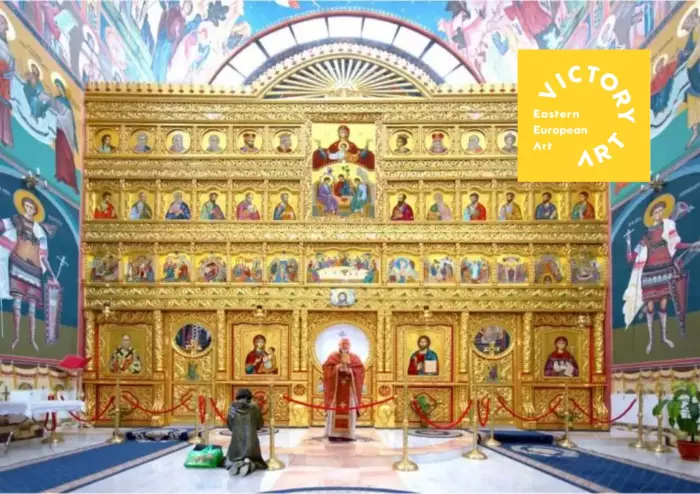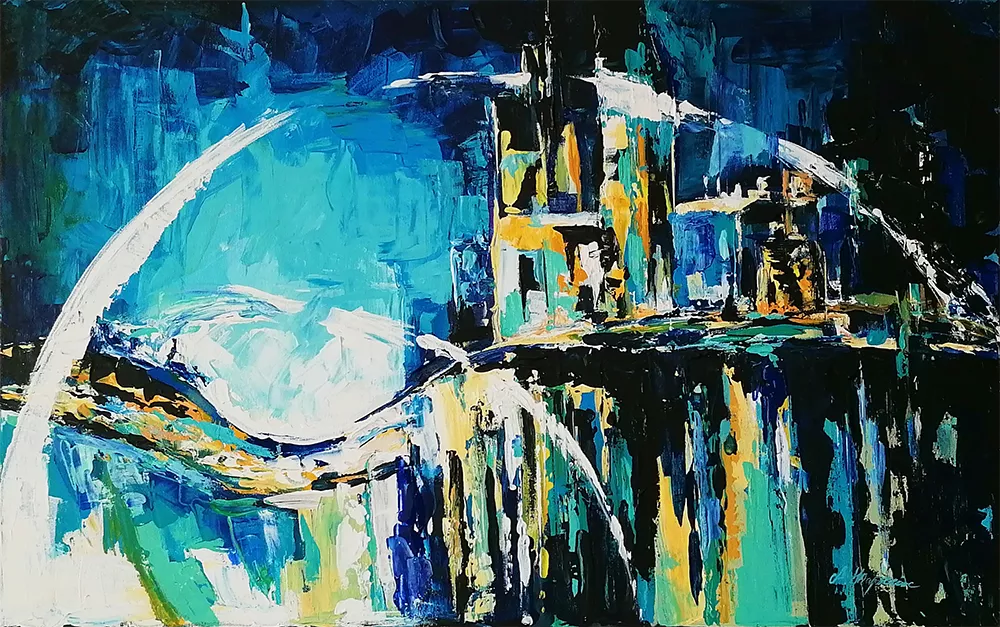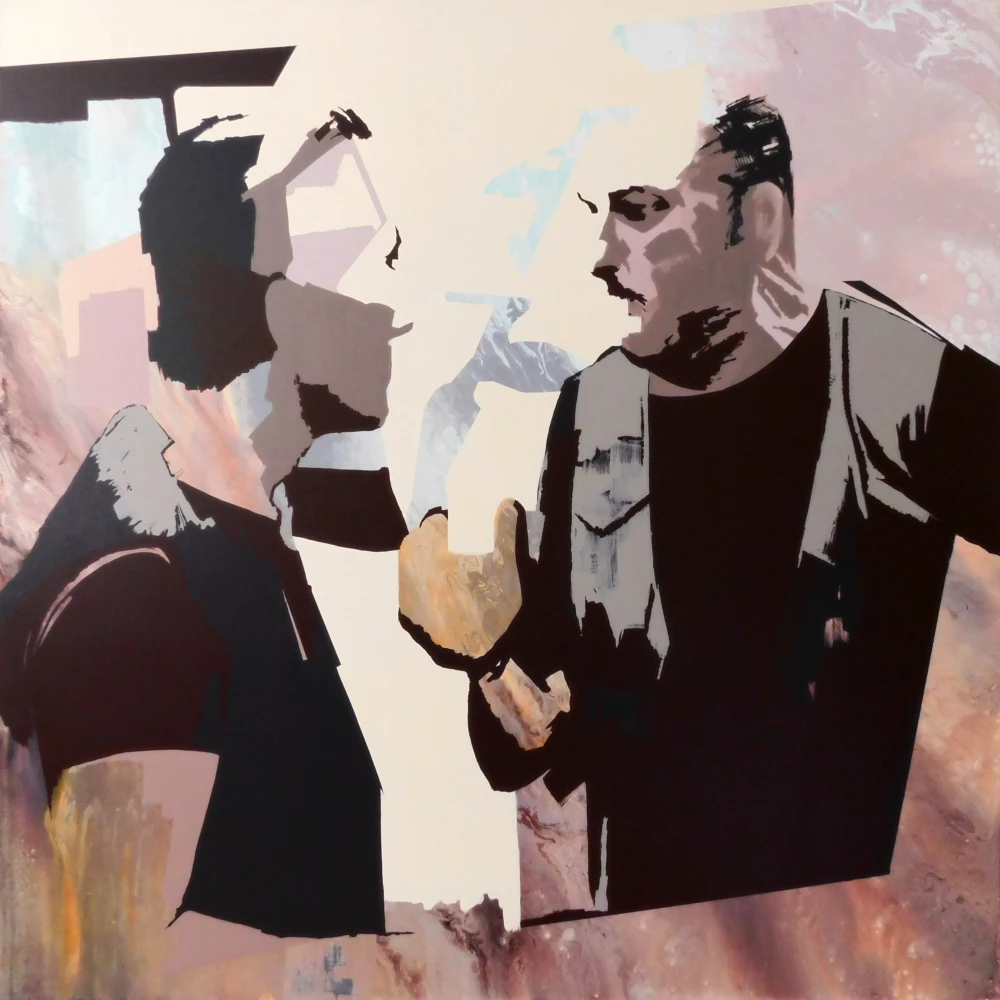MUST READ ART BLOGS
Unveil Romania: A Cultural Feast of Music, Art & Tradition.

This art blog will unveil the Romania’s culture, the country that has a reputation for being introverted and self-contained, but if you develop a close relationship with one, you'll quickly experience their warmth, vivacity, and sense of humour. Therefore, as you learn more about their culture and delve further into it, it becomes incredibly fascinating as well.
The Communist dictatorship significantly impacted Romania's culture and history between 1948 and 1989. In Romania, the communist government imposed severe restrictions on almost every area of daily life and took advantage of the arts and culture to better control the population. As a result, freedom of expression was constantly curtailed in many ways. The long history of foreign occupation and the destruction of Romanian art and culture helped to shape its current culture.
Like every Eastern European country, Romania is also known for its cuisine: creamy vegetable soup with meat, a pork dish with plenty of garlic and onions, vegetables, noodles, and filled cabbage leaves. Among the desserts, the most known include Placinta (a round-shaped piece of dough with different fillings), Saraille (an almond-flavoured cake drenched in syrup), and Baklava (with a special recipe).
However, the Romanian art is what makes their culture unique, which is an inevitable part as well. Traditional Romanian crafts including pottery, brilliantly adorned garments, deftly woven carpets, and woodcarvings are still in demand and have gained recognition abroad thanks to the country's burgeoning tourism industry. Abstract or geometric patterns and stylized depictions of plants and animals are characteristics of Romanian folk art.
Talking about Romanian music, the most typical instruments that come into mind include cobza (a stringed instrument resembling a lute), the tambal (a hammered dulcimer), and the flaut (flute). This region of Eastern Europe is known for its upbeat Roma music, folk singing, and dance festivals that are well-known all around the nation. Folk music comprises of ballads, dancing music, laments (such as the distinctive Romanian doinas), and pastoral music.
Do you believe you will be able to remain seated when Romanian music starts playing? Trust us, never! Folk music, cheerful faces, and a lot of noise! That’s how you will feel the Romanian atmosphere at its best. And do not forget about national clothing, which is a fundamental component of their culture. A shirt, a wraparound ankle-length skirt embellished with embroidery, an apron, a belt, outerwear, a headdress, and shoes make up the female folk dress. Whereas men are expected to wear a white shirt (cămasă), white pants, hat, belt, waistcoat, and/or overcoat. The length of the shirt, the type of embroidery, the cut of the pants, the style of the hat, or the waistcoat adornment all serve as indicators of regional distinctions.
And of course, which culture can live without art history? Whether it is folk art or contemporary, both define and enhance the national art scene. Some of the places worth visiting in Romania for art lovers include the National Museum of Contemporary Art, the Sibiu International Street Art Festival and the Photo Romania Festival. These locations will not only present a generalized picture of what Romanian art involves but will also outline its development and historical background.
What about the fresh new contemporary folk art produced by the new generation of Romanian artists? From surrounding nature to folklore, from abstract paintings to realistic, from photography to mixed media. Romanian artists are developing in all ways and styles, and Victory Art is here to showcare their masterpieces and support them during their journey. Explore our online gallery to see the Romanian cultural feast through artworks of Romanian artists.
Romanian art Culture
discover Romanian art Culture
CHECK OUT OUR BEST BLOGS
Learn more about Romanian Culture

.webp)

.webp)
.webp)
.webp)
.webp)
.webp)











.jpg)